taduuda-101936
Do you have any thoughts on this post?
To reintroduce and sustain an elk herd lost since the Civil War, it took a diverse partnership that is representative of 21st century conservation efforts—no one group can do it alone
As the TRCP’s newest formal partner, we’re in really good company with 51 other groups that are working toward a brighter future for America’s fish, wildlife, and natural resources. And we’re thrilled to work with passionate sportsmen and women bringing conservation priorities to the attention of D.C. decision-makers.
Partnerships can be multifaceted and powerful, aligning people and organizations to do more together than they could ever do alone. In essence, this describes The Conservation Fund’s core approach to everything we do. And in this day and age, collaboration isn’t just a nice-to-have—it’s necessary to craft conservation solutions that support fish and wildlife habitat, public access to the outdoors, and local economies.
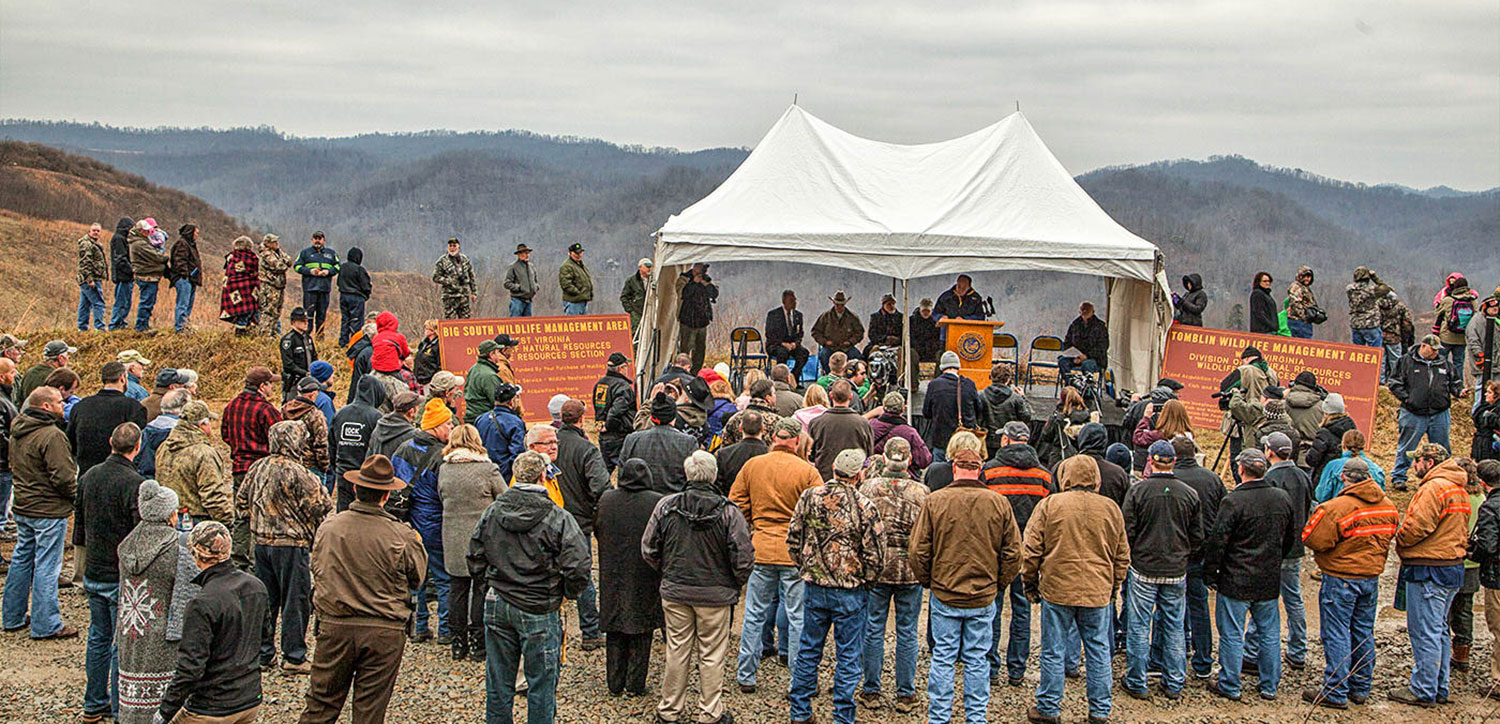
That’s why we were founded more than 30 years ago with a unique dual-charter mission to not only protect America’s land, water, and wildlife, but to do so with a clear focus on generating economic returns for surrounding communities. By working in partnership with others who share our conservation goals—including federal and state agencies, land trusts, local community organizations, businesses, foundations, and other nonprofits—we do just that. The Conservation Fund has conserved nearly 8 million acres and counting.
For example, in southern West Virginia, coal fueled the state’s economy for generations. But in recent years, the industry has slowed, and local communities are struggling economically. By working directly with community members and local, state, and federal partners across the Appalachian region, we’re helping these communities transition by demonstrating how conservation can also support economic development.
Through our Working Forest Fund, a dedicated source of bridge capital, we purchased more than 32,000 acres of privately owned forestland that was vulnerable to fragmentation and development in the southern part of the state. We are now working with the West Virginia Department of Natural Resources to co-manage the property as a sustainable working forest, safeguarding the timber economy and forestry-based jobs while providing habitat for reintroduced elk—which had not been seen in the region for almost 150 years. This property is now the state’s largest conserved block of prime elk habitat, and it’s open to the public as a wildlife management area.
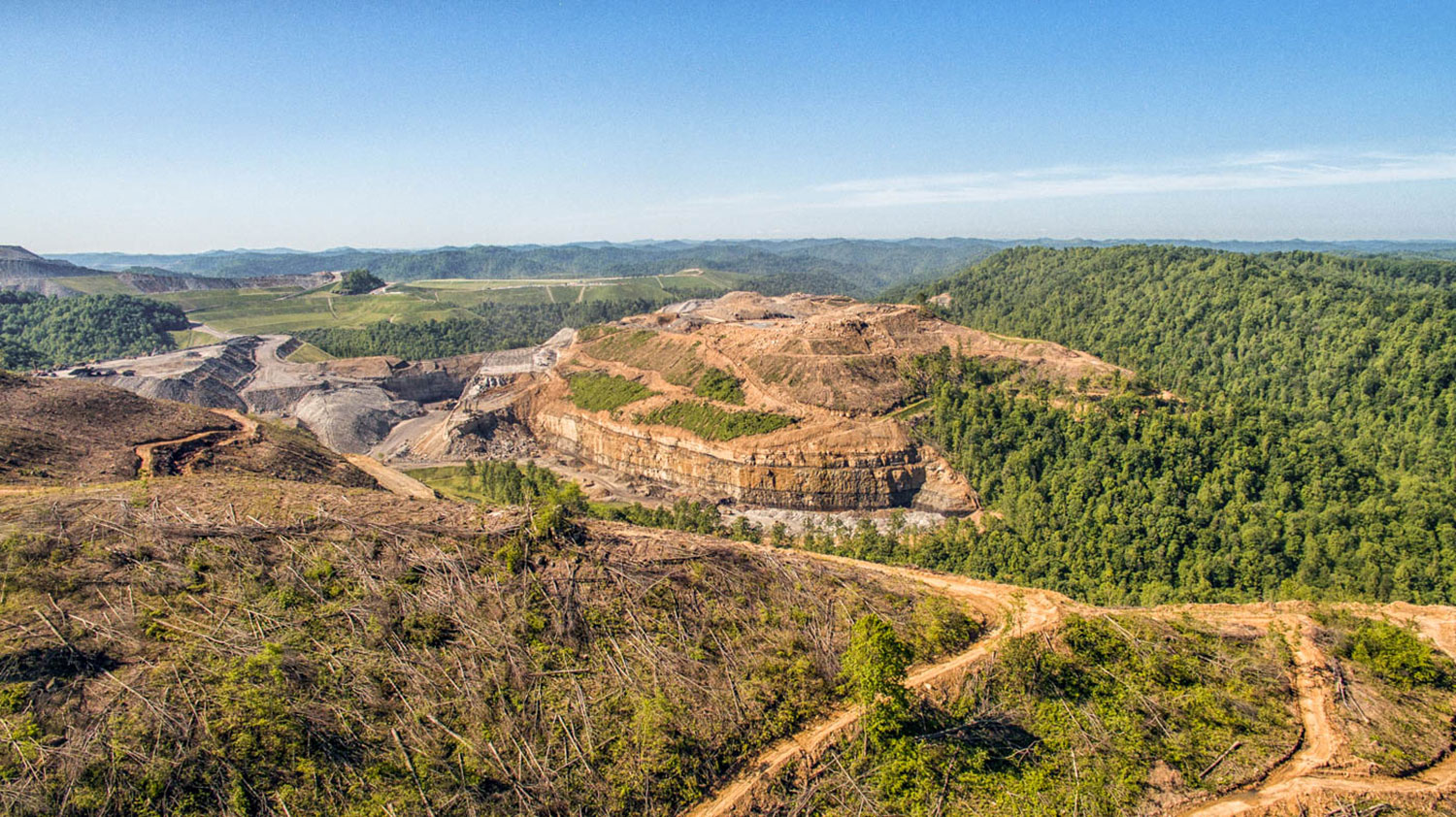
The prospect of bringing elk back to West Virginia for both wildlife viewing and hunting purposes has triggered excitement across the region, not least for the tourism opportunities that could drive spending in the rural communities that need it most. It’s no secret that sportsmen and other public land users help support $646 billion in annual consumer spending and 6.1 million jobs—numbers impossible to ignore. Read more about this partnership effort in West Virginia in an interview with WV DNR and the Rocky Mountain Elk Foundation.
It’s clear that making conservation work for America will take more than one group or individual. But we’re confident that as partnerships grow, so do the possibilities for fish, wildlife, and vibrant communities.
Whitney Flanagan is the creative director of The Conservation Fund, TRCP’s newest partner group. See all 52 partners here.
New under-the-radar administration policies would alter public land management, and this has major implications for hunting and fishing
Efforts to dispose of public lands may grab headlines, but a subtle shift in the management of public lands could present an even greater risk to the future of hunting and fishing. With the spotlight shining brightly on recent proposals to sell off our public lands, the White House and the Department of the Interior quietly set policies in motion last month that have the potential to change the way our public lands are managed.
In tandem, Executive Order 13873 and Secretarial Order 3349 would initiate a few specific processes that could change the way public lands wildlife habitat is valued and managed, especially when it’s at odds with energy development. All Americans—including sportsmen—depend on energy resources, but we want to see development carried out in a balanced way, not at the expense of fish and wildlife habitat or our best hunting and fishing areas.
There are absolutely ways to ensure all of the above, but these orders have the potential to put at risk the critical balancing act carried out by the BLM and other federal agencies. Here’s how.
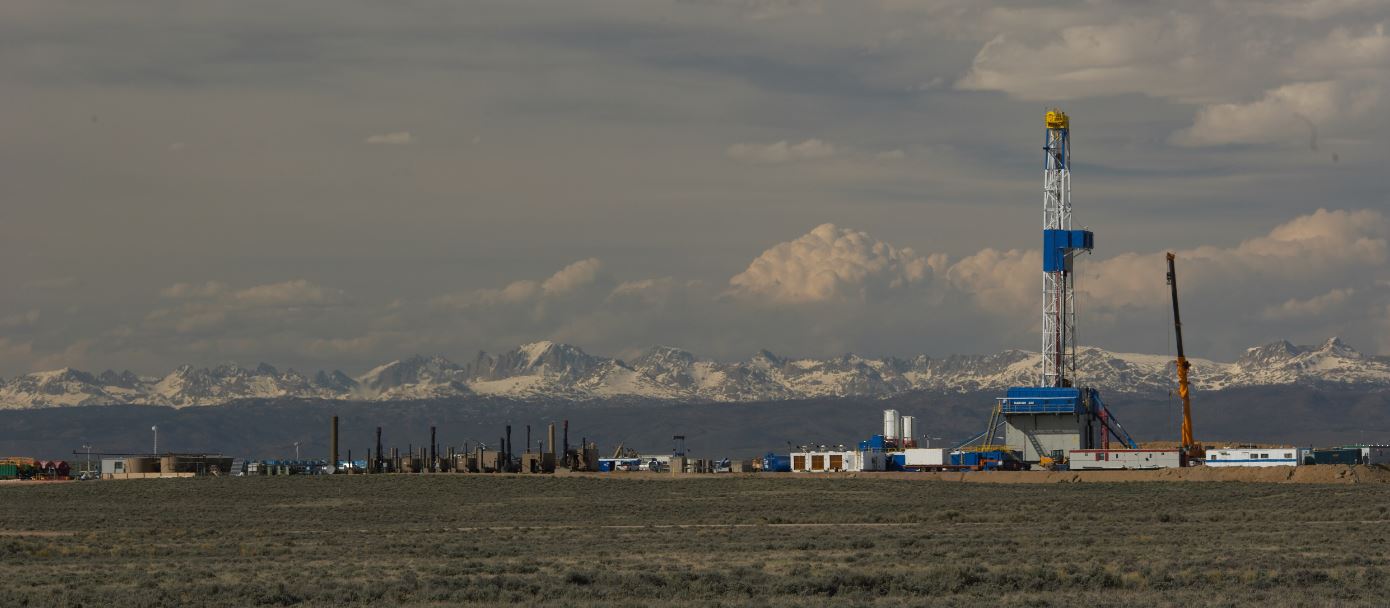
Mitigation has long been used to accommodate development in ways that avoid or minimize impacts on important resources like wildlife habitat, and then compensate for unavoidable impacts. Mitigation has been used to avoid or minimize the fragmentation of mule deer winter range from energy development, for example. In some cases, if habitat suffers while accommodating energy development, funds from resource extraction are then put back into conservation of habitat, there or elsewhere.
These executive and secretarial orders eliminated the existing department-wide policy for mitigating impacts to wildlife from development on public lands. They also set a process for evaluating, replacing, or eliminating agency actions taken to implement mitigation. Without good mitigation policies, assurances for fish and wildlife get thrown out the window and accountability for maintaining habitat becomes an afterthought, rather than a requirement.
Energy development should be balanced & not at the expense of fish & wildlife habitat... Share on XSecond, these two orders establish a process for all federal agencies—including the BLM—to review all existing policies to identify potential “burdens” on energy development. The agencies have been ordered to make recommendations for changing or rescinding policies to remove those burdens, though what exactly constitutes a burden is subject to interpretation. Could it be that managing world-class big-game habitat or outstanding wild-trout streams are perceived as a burden to an energy developer? And, if so, would balanced land management as we know it be altered so that developers can do as they please without being ‘burdened’? Only time will tell.
Reviewing policies in an attempt to eliminate unnecessary regulations and increase efficiencies is one thing, but sportsmen and women will not support actions that undo the fish and wildlife conservation achievements our community has worked for decades to achieve. We are hopeful that a balance can be found.
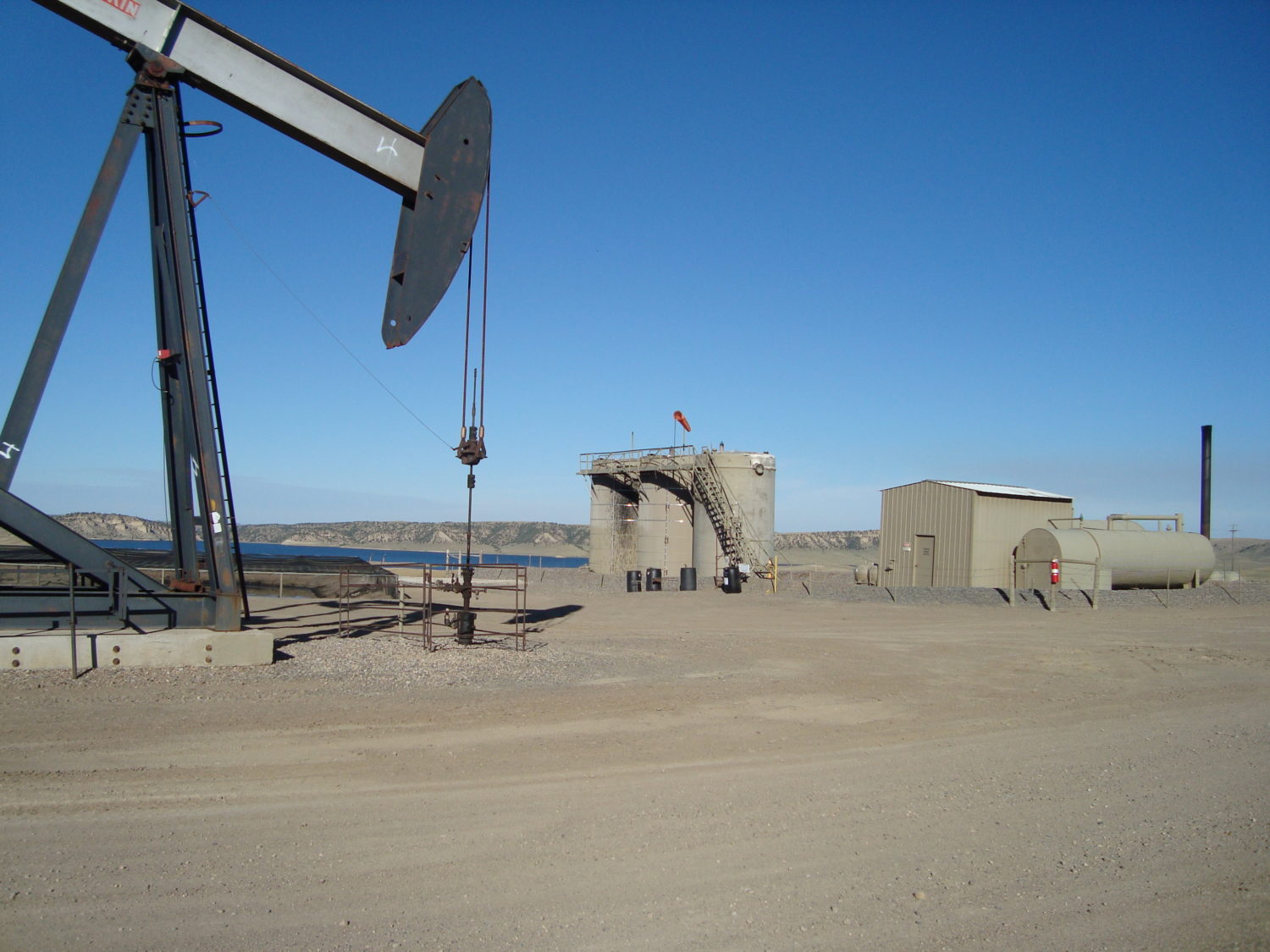
At TRCP, we’re on the front lines to sound the alarm on sweeping threats to public lands, like H.R. 621 and other legislative attacks. But it’s not enough to keep public lands in public hands if wildlife habitat and outdoor recreation do not rank with energy development or other uses of the land. Executive Order 13873 and Secretarial Order 3349 were introduced with little fanfare, and with so much of the sportsmen’s community focused only on the most outrageous and obvious public land issues, low-profile actions like these are more likely to fly under the radar and become foundational policies.
Don’t let that happen. Not every threat will come with a catchy hashtag or fit nicely on a bumper sticker, but your voice will be just as critical in the fight against these subtle policy moves. And TRCP will be there to let sportsmen and women know when there’s a chance to take action.
It’s hard to ignore the urgent need for solutions when small business owners and voters who love to fish are standing in your office
Water flow problems in the Everglades are complex, and Florida’s $7.6-billion recreational saltwater fisheries depend on fixing them. Science points us to clear solutions—simply move water south—but politics are hardly ever that easy.
We can’t move mountains alone, and redirecting hundreds of billions of gallons of water demands support from lawmakers. Florida’s fisheries are being destroyed and politicians have failed to enact solutions—but anglers are mobilizing like never before. We’re willing to do anything to save our precious water.
Science has told us what we need to know. Now it’s our turn to do the talking.
That’s why I was honored to help convene more than 500 sportsmen and women in Tallahassee, Florida, last week for the Now Or Neverglades Sportfishing Day. Their passionate voices, sharing personal stories and asking legislators for help, were an instrumental force for change. In fact, Florida’s Senate took a major step towards moving water south by passing S.B. 10 the very next day.

On the whole, anglers and other stakeholders met with more than 50 representatives, working the halls of Florida’s Senate and House of Representatives. We spoke with, not at, lawmakers about what Florida’s water means for our way of life, our businesses, our state, and our people. Alongside the Everglades Foundation and other key groups, we broke up into lobbying teams, and my group of eight became a tight operating unit as we shared our perspectives and listened to legislators in turn.
Our voices, stories, and passion have the power to sway politics—and save a treasured fishery. Share on XFor me, and I think for many of those with whom we met, the most powerful voices were the youngest among us. A brother-sister duo, eleven and nine years old respectively, spoke with a purity that punched through the politics. In one meeting, the nine-year-old daughter of a small boat parts business owner moved everyone—including the legislator—to tears when she talked about how much she loves her daddy and doesn’t want him to lose his business.
Our Florida legislators and their aides listened to our stories and proposed solutions. Mutual respect and empathy grew as the day went on.
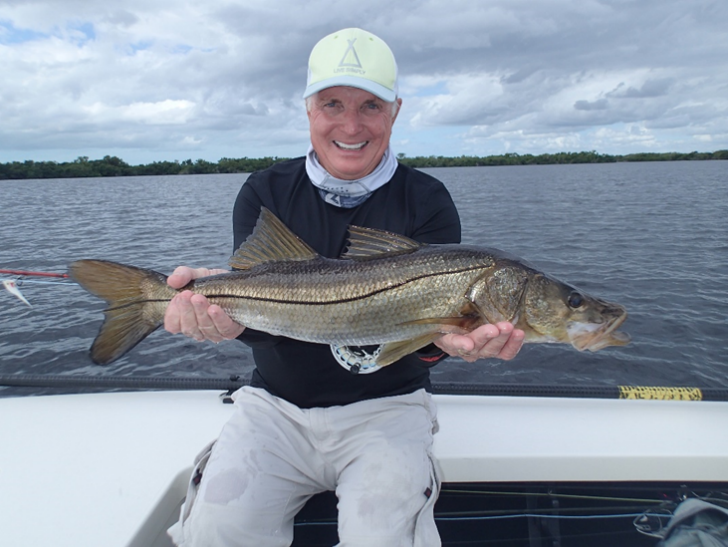
On April 12, one day after our meetings, the Florida Senate made the right decision by passing S.B. 10, which begins the process of sending Lake Okeechobee waters south. We won by a landslide, 36-3, and now the companion bill must pass in the Florida House of Representatives. We are confident knowing that our faces and stories will be in their minds when that time comes.
While final passage of the bill would be a huge win for Florida’s recreational saltwater anglers, this is only the first step toward blocking toxic discharges from Lake Okeechobee and restoring the flow of clean fresh water to the Everglades and Florida Bay. There’s more work to be done.
We can have all the science and gather all the numbers, but at the end of the day, this is what matters: Our voices, our stories, and our heartfelt passion have the power to sway politics, move mountains, and, yes, save one of the most treasured fisheries in the world.
You don’t have to travel to the Capitol Building to make your voice heard. If you live in Florida, write or call your state representatives and tell them your story. And if you haven’t already, sign the Now or Neverglades Declaration to urge decision makers to fix Florida’s recreational fisheries.
How hunters and anglers are helping to shape the future of more than 600,000 acres—including gold-medal trout streams and some of the best of the backcountry—in Colorado, and why these public lands are so critical
Public lands in Colorado’s lower Arkansas River drainage are where you’ll find healthy and huntable populations of Rocky Mountain bighorn sheep, mule deer, elk, turkeys, pronghorn antelope, and many other iconic Western game animals. As a lifelong sportsman and the TRCP staffer working most closely with the BLM in the region, I’ve personally witnessed the critical balance required to manage these public lands for all of their many values. BLM-managed lands near La Veta Pass and the Southern Sangre de Cristo Range are about as wild and remote as Colorado gets. And more than a thousand elk congregate each winter around the James Mark Jones State Wildlife Area in South Park, where interest in oil and gas development has also increased.
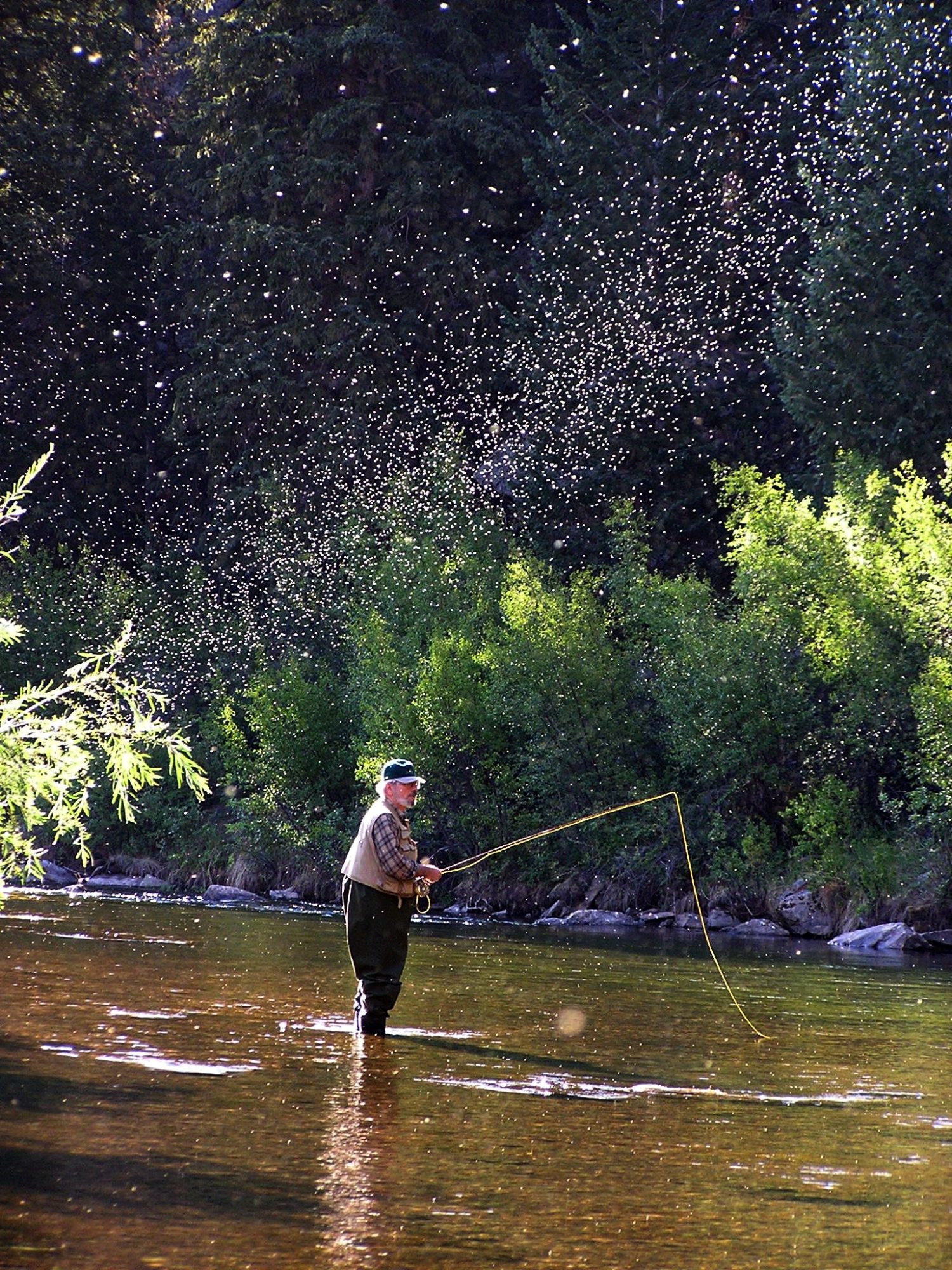
Balancing energy development with the needs of fish and wildlife is personal to local sportsmen, because these places and critters are entwined with our memories in the outdoors. I’ve pulled rainbow and brown trout from nearly every section of the Arkansas River, from Pueblo Reservoir all the way up to the Hayden Flats and tributaries fed by high-elevation runoff. Trout and walleye from the South Platte drainage have landed on my plate more often than any meat from my local grocer. I’ve ice fished in South Park, pulled walleyes from Front Range reservoirs, and chased cutthroats from within the Pike National Forest. This week I’m heading down to Huerfano County, and if I’m lucky, I’ll take a gobbler.
These public lands mean a hell of a lot to me, but their future actually depends on you.
The value of lands managed by the BLM’s Royal Gorge Field Office cannot be understated, and right now they need your help. Sportsmen have a once-in-a-few-decades chance to be part of the public process that determines how 668,000 acres of these lands will be used for the next 20 years.
This plan covers nearly all of eastern Colorado’s public lands. All BLM lands east of the Sangre de Cristo’s coming out of New Mexico, north through central Colorado, and all the way up to Wyoming are included. So, it is a big deal.
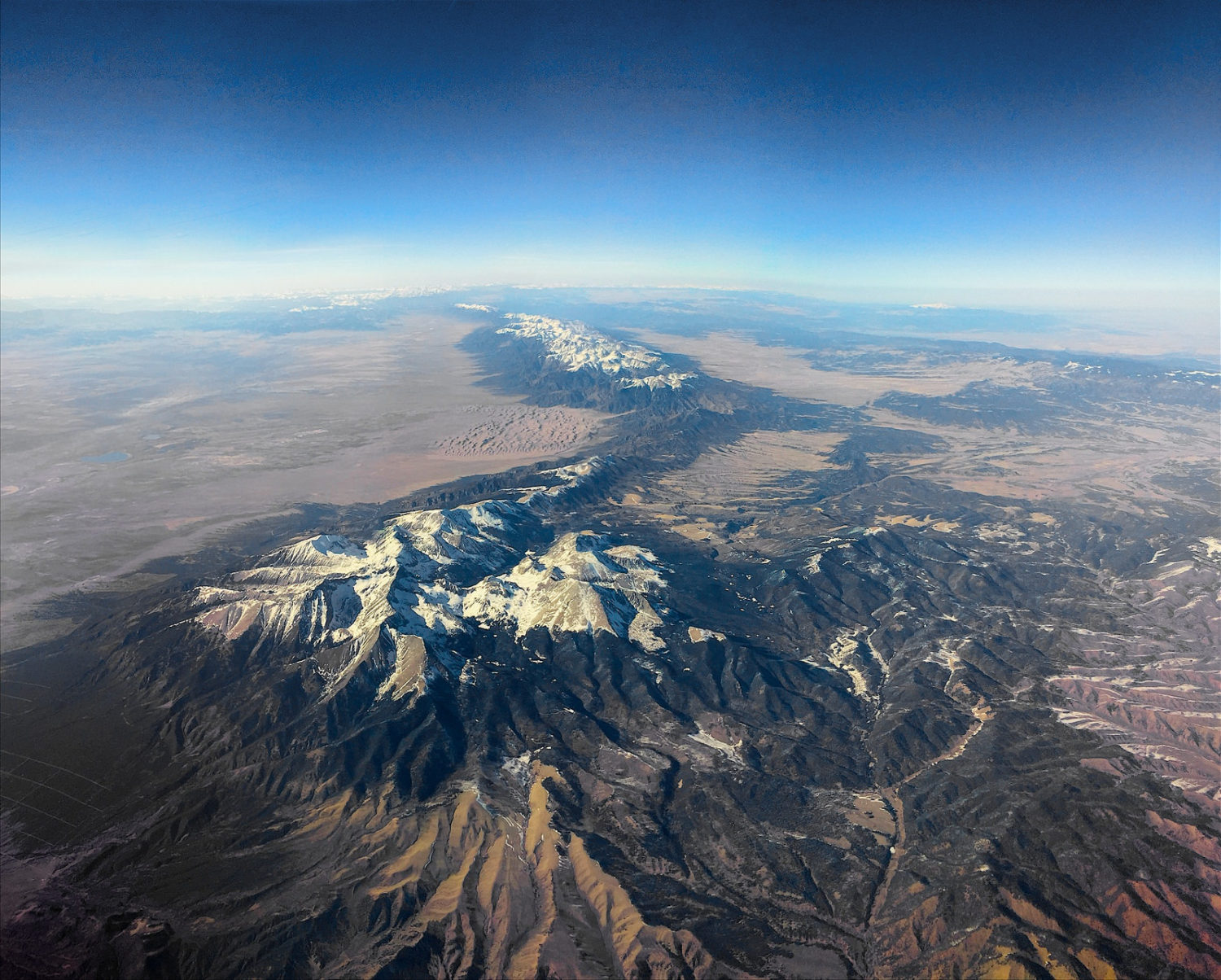
Initial discussions on these plans began as early as eight years ago, but right now is the first chance for the public to comment on the BLM’s proposed alternatives. Since the very first conversations about how best to balance all the demands on these lands, a lot has changed, but the objective to keep them open to a backcountry turkey hunter or a herd of elk trying to make it through the tough winter months has, and must, remain. The BLM has done a good job so far on this plan, and we need to make sure positive elements of the proposal continue moving forward, while addressing parts of the plan that need attention.
Balancing energy development w/ the needs of fish & #wildlife is personal to local #sportsmen in CO. Share on XThe biggest benefit of the proposal may be a focus on the future management of BLM lands that provide world-class recreation opportunities and habitat for Rocky Mountain bighorn sheep, mule deer, elk, pronghorn sheep, wild trout, and a multitude of other critters. Some specific areas have been recommended by sportsmen for management as Backcountry Conservation Areas and are proposed for consideration in the BLM preliminary draft management plan. Altogether, these comprise about 120,000 acres of BLM public lands that would continue to provide hunters and anglers with high-quality, year-round recreation opportunities and provide wildlife managers with the flexibility needed to sustain top notch habitat. If we stay the course and these proposals are adopted, we’d be guaranteed responsible and balanced land management in the best of the backcountry—a very positive outcome for hunters and anglers.
Our goal is within reach, but first, the BLM needs to hear from you. Whether you see yourself fishing on the Arkansas River, calling in turkeys on crisp spring or fall mornings, or hunting elk, deer, or antelope in the fall, these lands and the opportunities they provide us are worth fighting for.
Take action now. (We promise, it’s really easy!)
Theodore Roosevelt’s experiences hunting and fishing certainly fueled his passion for conservation, but it seems that a passion for coffee may have powered his mornings. In fact, Roosevelt’s son once said that his father’s coffee cup was “more in the nature of a bathtub.” TRCP has partnered with Afuera Coffee Co. to bring together his two loves: a strong morning brew and a dedication to conservation. With your purchase, you’ll not only enjoy waking up to the rich aroma of this bolder roast—you’ll be supporting the important work of preserving hunting and fishing opportunities for all.
$4 from each bag is donated to the TRCP, to help continue their efforts of safeguarding critical habitats, productive hunting grounds, and favorite fishing holes for future generations.
Learn More
